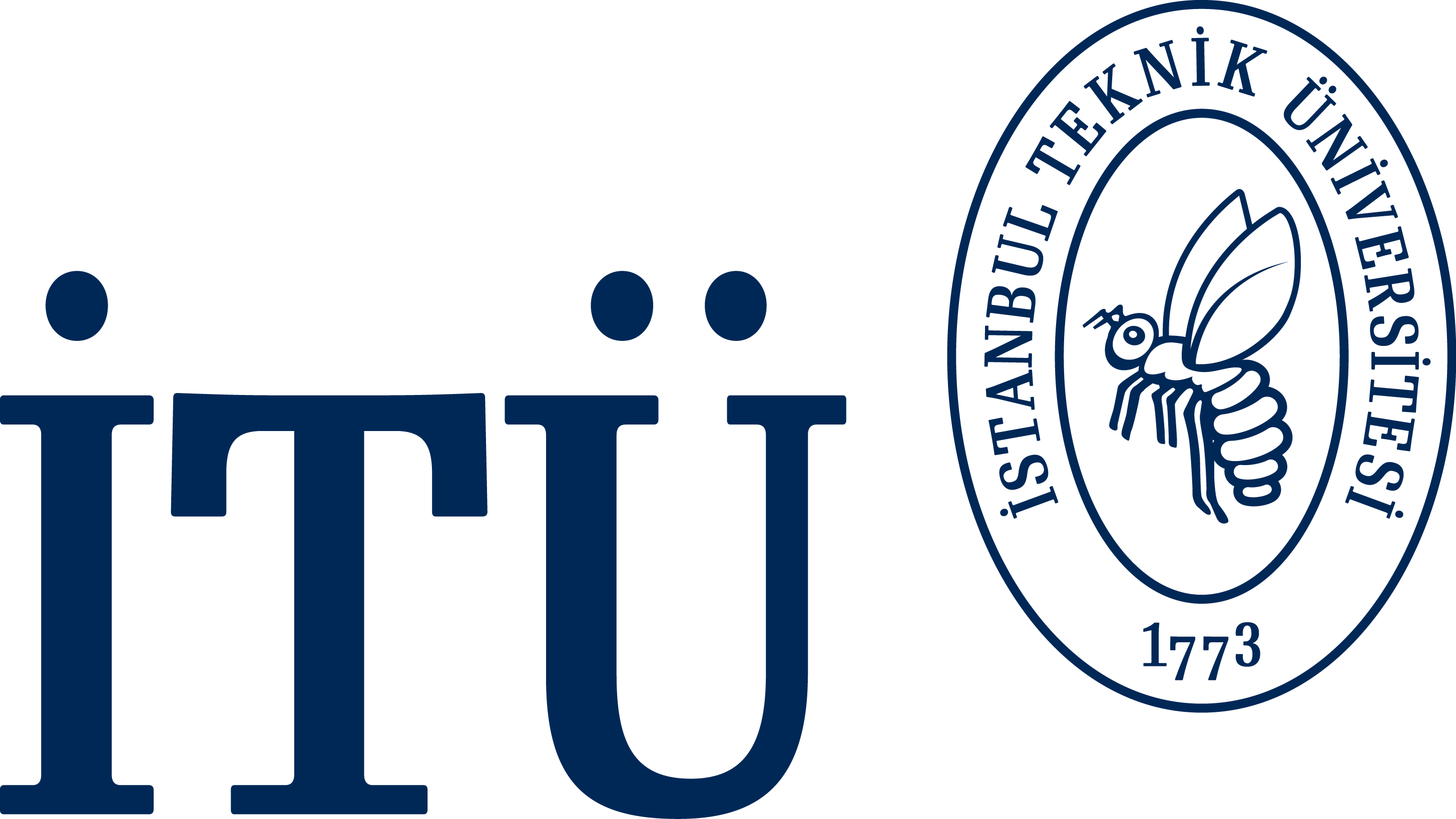
|
DERS PROGRAMI FORMU
|
Son Güncelleme (Last Update)
07.10.2025
|
| Dersin Adı: Hesaplamalı Lineer Cebir | Course Name: Computational Linear Algebra |
| Kod (Code) |
Yarıyıl (Semester) |
Kredi (Local Credits) |
AKTS Kredi (ECTS Credits) |
Ders Uygulaması, Saat/Hafta (Course Implementation, Hours/Week) |
||
| Ders (Theoretical) |
Uygulama (Tutorial) |
Laboratuvar (Laboratory) |
||||
| MAT 263/E | 3 | 3 | 5 | 3 | 0 | 0 |
| Bölüm / Program (Department / Program) |
Matematik / Matematik Mühendisliği
(Mathematics / Mathematical Engineering) |
||
| Dersin Türü (Course Type) |
Zorunlu
(Compulsory) |
Dersin Dili (Course Language) |
Türkçe / İngilizce
(Turkish / English) |
| Dersin Ön Koşulları (Course Prerequisites) |
MAT143-E min DD | ||
| Dersin Mesleki Bileşene Katkısı, % (Course Category by Content, %) |
Temel Bilim ve Matematik (Basic Sciences and Math) |
Temel Mühendislik (Engineering Science) |
Mühendislik / Mimarlık Tasarım (Engineering / Architecture Design) |
Genel Eğitim (General Education) |
| 70 | 30 | - | - |
| Dersin Tanımı (Course Description) |
Vektör ve Matris Normları, Pozitif Tanımlı Matris, Lineer Bağımsızlık, Baz ve Boyut Kavramları. Doğrusal Denklem Sistemlerinin Çözümleri, Direkt Yöntemler, Gauss-Eliminasyon, Gauss-Jordan, Pivotlama, Cramer Yöntemleri, LU, Cholesky ve QR Ayrıştırımı, İteratif Yöntemler, Jacobi ve Gauss-Seidel Yöntemleri, SOR Yöntemi ve Yakınsaklık Analizleri, Doğrusal Denklem Sistemlerinin Güncel Bilgisayar Dilleri ile Çözümü. Özdeğer ve Özvektör Problemleri, Gerschgorin Diskleri, Rayleigh Oranı, İz Yöntemi, Kuvvet Yöntemi, Ters Kuvvet Yöntemi, Kaydırmalı Kuvvet Yöntemi, Özdeğer, Özvektör Problemlerinin Güncel Bilgisayar Dilleri ile Çözümü. Tekil Değer Ayrıştırımı. |
| The Concepts of Vector and Matrix Norms, Positive Definite Matrix, Linear Independence, Dimensions and Bases. Solution of Linear Systems, Direct Methods, Gauss-Elimination, Gauss-Jordan, Pivoting, Cramer Methods, LU, Cholesky and QR Decompositions, Iterative Methods, Jacobi and Gauss-Seidel Methods, Successive Over Relaxation Method and Convergence Analysis, Solutions of Linear Systems With Popular Programming Languages. Eigenvalue and Eigenvector Problems, Gerschgorin Disks, Rayleigh Quotient, Trace Method, Power, and Inverse Power Methods and Power Method with Shifting. Solutions of Eigenvalue-Eigenvector Problems with Popular Programming Languages. Singular Value Decomposition. | |
| Dersin Amacı (Course Objectives) |
|
|
|
| Dersin Öğrenme Çıktıları (Course Learning Outcomes) |
Bu dersi tamamlayan öğrenciler aşağıdaki becerileri elde eder:
|
Students completing this course will be able to:
|